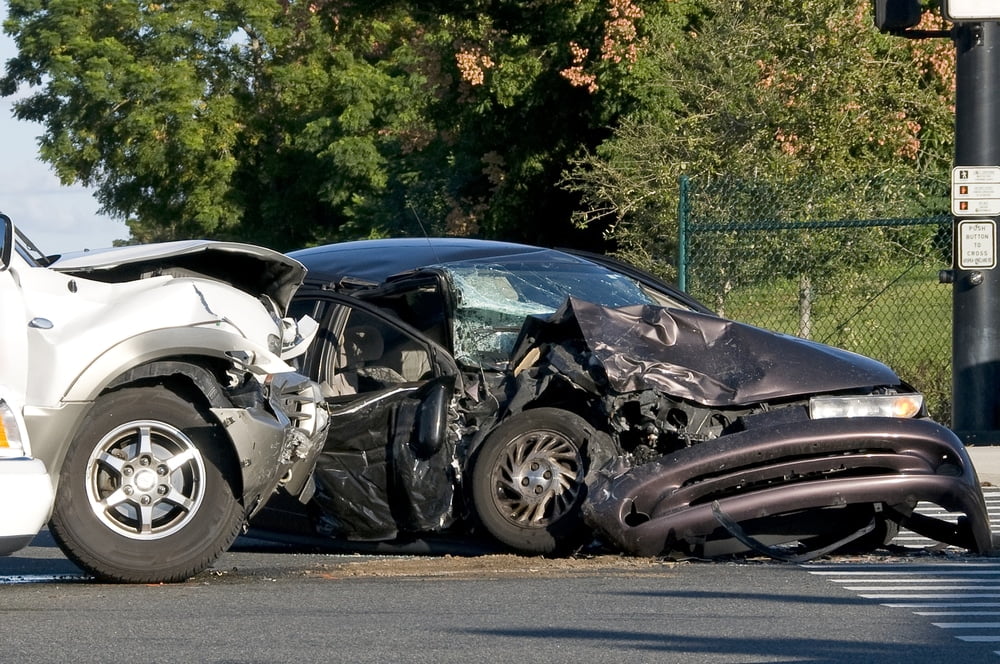If you’ve been involved in a vehicle accident where you believe another party was at fault, there are multiple types of damages you could be seeking. These could be to pay for medical bills and other results of your pain and suffering, they could relate to emotional distress, or they might speak to paying for repairs to damage to your vehicle.
At the offices of William Rawlings & Associates, our auto accident injury attorneys are here to help you get your just compensation if this has happened to you. We’ll help you understand all the ins and outs of a car accident case, including vital information on how repairs will be covered and handled depending on the fault in the case. Here are some basics you might need to know about this area moving forward.

No-Fault Insurance and Collision Coverage
For starters, it’s important to know that Utah is a no-fault state when it comes to auto accidents and resulting damages. This means that your own vehicle insurance covers your economic damages all the way up to its policy limits – in cases where you believe someone else is at fault, however, you file a lawsuit against that driver.
Because there is not necessarily a guarantee of winning such a lawsuit, however, we highly recommend purchasing collision coverage in addition to your own basic car insurance policy. In situations where your claim is not successful, your basic no-fault insurance does not apply to vehicle damages, rather only to economic ones.
If you do not have collision insurance in this case, you could be on the hook for the entire cost of the repairs. And on the flip side, if you happen to be at fault in an accident at any point, collision coverage will also pay for your repairs in this case.
At-Fault Drivers and Liability
In cases where fault can be proven in another party, the at-fault driver will be responsible for paying for the repairs of any innocent party’s vehicle. This is generally done using the insurance of the at-fault driver, which can range up the policy limits. If this policy comes up short, a claim will be filed against the driver’s insurance company to help cover the difference.
Total Loss Situations
If the estimate for repairs needed on your damaged vehicle exceeds the Blue Book value of the vehicle itself, it’s likely the vehicle will be declared a total loss. In these cases, rather than insurance covering repairs, it will pay you out the Blue Book value on your vehicle from the time of the accident.
For more on how to handle vehicle repairs in auto accident liability cases, or to learn about any of our personal injury attorney services, speak to the staff at William Rawlings & Associates today.
